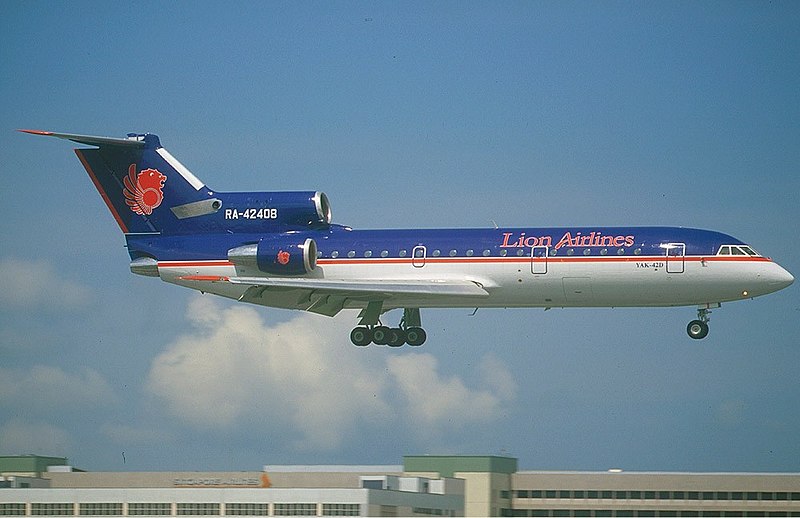There is one airline in the world set to quintuple the size of its fleet, ordering more aircraft in one go than any other carrier on the planet. Lion Air, a budget Indonesian operation that flies predominantly in and around South-east Asia, has 443 aircraft on order, to add to its current stock of 113. American Airlines, the world’s largest airline, has just 285 on order.
Last week, Boeing delivered its first ever 737 Max to Lion Air's Malaysia's wing, Malindo Air, the largest single buyer of the manufacturer’s new super efficient jetliner, as the low-cost carrier looks to expand at an aggressive pace. In November 2011, Lion Air placed a record order with Boeing, worth $22billion, surpassing Emirates’ previous high, for some 29 737-900s and 201 new 737 Maxs. It also has orders placed with Airbus for A330-300s.

Lion Air, which flies to 126 destinations in Indonesia, Malaysia, Saudi Arabia and China, is Asia’s second largest airline, behind Tony Fernandes’ AirAsia, but the carrier is working hard to take the top spot.
“Most [of its] services are domestic, operating to over 100 destinations in Indonesia alone, but they are expanding into international markets,” said John Grant, a senior analyst at OAG, which produced a report on the orders of the world’s top carriers.
“What is perhaps most interesting is that, generally, outside of Indonesia there is little awareness of how large Lion Air is and the impressive growth they’ve had over the last seven years.
“For Lion Air, this order reflects the fact that Indonesia is one of the fastest growing markets in air travel. Both the B737 and A320 are very popular aircrafts, so securing places on the production schedule and placing such large orders is consistent with their ambition, the market growth and the aircraft demand.”

Founded in 1999, in the last seven years Lion Air has nearly doubled the number of seats it operates on its routes, from 25.1million to 48.7million. The average flying time between its destinations is just over an hour and a half.
The airline was established in October 1999 by brothers Rusdi and Kusnan Kirana and started operations on 30 June 2000, when it began scheduled passenger services between Jakarta and Denpasar using a leased Boeing 737-200. It was the first low cost airline in Indonesia. The fleet was quickly expanded with the wet-lease of 5 Yakovlev Yak-42Ds, 2 McDonnell Douglas MD-82s and 2 sub-leased Airbus A310-300s.
Rapid growth enabled modernisation of the fleet with Boeing 737-300 and Boeing 737-400 aircraft. In 2003 a subsidiary airline was established, Wings Air, operating flights on lower density routes. Further subsidiaries were developed including Malindo Air in Malaysia in 2012, Thai Lion Air in Thailand in 2013 and domestically, Batik Air, a full-service subsidiary, also in 2013.

In 2000s, Lion Air began to grow and become a serious rival for Garuda Indonesia in domestic air travel in Indonesia. By mid 2015, Lion Air rules Indonesia's domestic air travel market share by 41.6 percent, while Garuda Indonesia came in second with 23.5 percent share. Sriwijaya Air came in third with a market share of 10.4 percent, followed by Garuda's low-cost subsidiary Citilink (8.9 percent) and Lion Air's regional flight service Wings Air (4.7 percent). Indonesia AirAsia, a unit of the Malaysian budget airline, had a 4.4 percent market share.
Source and reference :
- The Telegraph
- Boeing.com
- Wikipedia.com



















